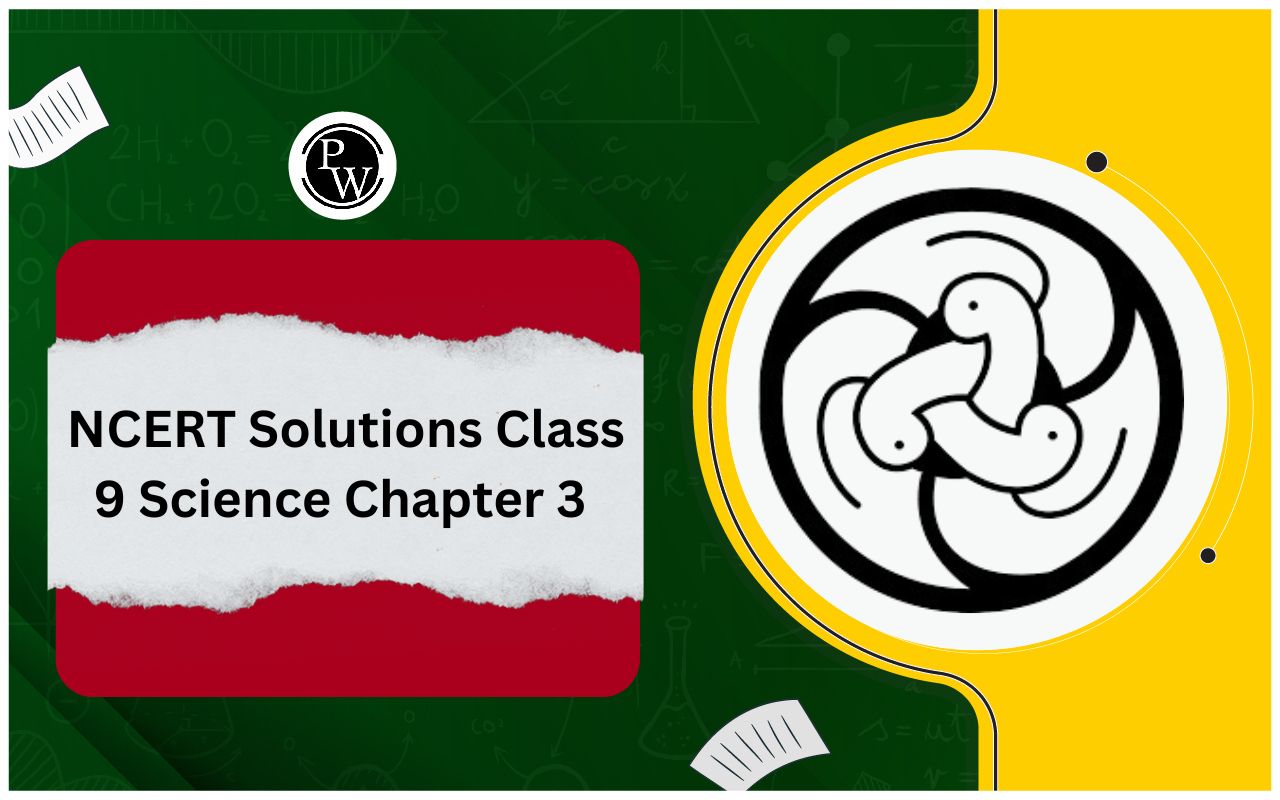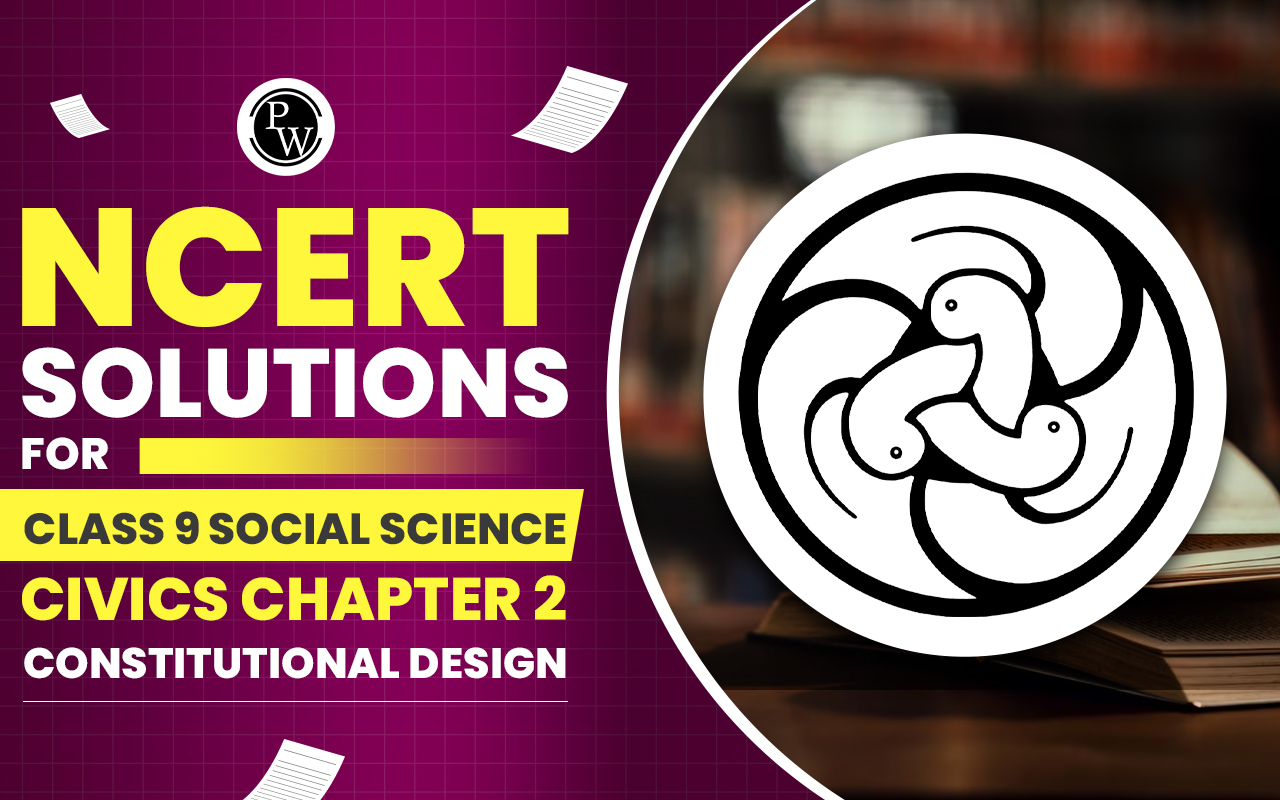
CBSE Class 9 Science Notes Chapter 6: In Chapter 6 of CBSE Class 9 Science, you'll learn about tissues, which are groups of similar cells working together. These tissues have specific jobs in plants and animals. For example, there are tissues that cover and protect organs, others that help with movement, and some that transmit signals in the body.
You'll explore different types of tissues and understand how they function. This chapter helps you understand how living things are organized and how they work.CBSE Class 9 Science Notes Chapter 6 Tissues Overview
These notes for Chapter 6 of CBSE Class 9 Science have been created by subject experts at Physics Wallah. They cover the topic of tissues, which are like building blocks in living things. Tissues are important because they help organisms function properly. These notes explain different types of tissues found in plants and animals, making it easier for students to understand how living things are structured and how they work.CBSE Class 9 Science Notes Chapter 6 PDF
You can access the PDF for Chapter 6 of CBSE Class 9 Science notes through the provided link. This PDF contains detailed information about tissues, including their types, functions, and importance in living organisms. It's a valuable resource for students looking to enhance their understanding of this topic.CBSE Class 9 Science Notes Chapter 6 PDF
CBSE Class 9 Science Notes Chapter 6 Tissues
Tissues
Tissues are groups of cells that work together to perform a specific function. They are the building blocks of organisms, whether plants or animals. These specialized groups of cells collaborate to carry out particular tasks essential for the organism's survival and proper functioning.Plant Tissues
In plants, tissues are categorized into two main types: meristematic tissues and permanent tissues. Meristematic tissues are responsible for growth and development, as they contain cells that continuously divide to produce new cells. On the other hand, permanent tissues consist of mature cells that have stopped dividing and perform specific functions like photosynthesis, storage, and support. Permanent tissues can be further classified into various types based on their structure and function, such as parenchyma, collenchyma, and sclerenchyma.Animal Tissues
In animals, tissues also play crucial roles in maintaining the organism's structure and function. Unlike plant cells, animal cells lack cell walls, making animal tissues more flexible. There are four primary types of animal tissues: epithelial tissue, connective tissue, muscle tissue, and nervous tissue. Epithelial tissue covers the body surfaces, lines internal organs, and forms glands. Connective tissue supports and connects different body parts, providing structural support and protection. Muscle tissue facilitates movement by contracting and relaxing, while nervous tissue enables communication between different parts of the body through electrical impulses. Understanding tissues is fundamental in comprehending the complex organization and functioning of living organisms. It allows scientists and researchers to explore how cells collaborate to perform various tasks and how disruptions in tissue function can lead to diseases and disorders.Meristematic tissues
Intercalary meristem
Intercalary meristem is located between the nodes of the stem and the base of the leaf. These meristems play a key role in the process of branching, allowing the plant to grow laterally and produce new shoots or branches.Simple permanent tissues
Simple permanent tissues consist of a single type of cell and typically serve structural functions within the plant. They include parenchyma, collenchyma, and sclerenchyma tissues.Parenchyma
Parenchyma tissues are composed of loosely packed cells with thin cell walls and large intercellular spaces. They are living cells and play roles in support, storage, and photosynthesis. Chlorenchyma and aerenchyma are two types of parenchyma tissues.Collenchyma
Collenchyma tissues are characterized by cells with irregularly thickened corners, providing flexibility and support to plant parts. They are living cells and help prevent bending or breaking of stems and leaves.Sclerenchyma
Sclerenchyma tissues comprise dead cells with thickened cell walls containing lignin. These tissues provide rigidity and support to plant structures, such as stems, leaves, and seeds.Complex permanent tissues
Complex permanent tissues are composed of multiple cell types working together to perform specific functions. Phloem and xylem are examples of complex permanent tissues involved in the transport of nutrients and water throughout the plant.Phloem
Phloem consists of sieve tubes, companion cells, phloem parenchyma, and phloem fibers. It transports organic nutrients, such as sugars, in both directions within the plant. Phloem fibers are the only dead cells in the phloem tissue.Xylem
Xylem tissue is responsible for conducting water and minerals from the roots to the rest of the plant. It consists of vessels, tracheids, xylem parenchyma, and xylem fibers. These components provide structural support and storage capabilities in addition to their transport functions.Epithelial Tissues
There are several types of epithelial tissues, each with its own structure and function:
Squamous Epithelium: This type of epithelium is composed of thin, flat cells that resemble scales or flattened plates. Squamous epithelial cells are tightly packed and form a smooth, continuous layer. They are well-suited for facilitating the exchange of gases and fluids.
Squamous epithelium can be further categorized into simple squamous epithelium, found in areas where filtration or diffusion occurs (such as the lining of blood vessels and air sacs in the lungs), and stratified squamous epithelium, which provides protection against mechanical and chemical stresses (such as the outer layer of the skin).Cuboidal Epithelium: Cuboidal epithelial cells are cube-shaped with a centrally located nucleus. They line the walls of small ducts and tubules in various glands and organs, including the kidney tubules and salivary glands. Cuboidal epithelium is involved in secretion, absorption, and excretion processes. When organized into glands, cuboidal epithelial cells form glandular epithelium, which secretes substances such as enzymes, hormones, and mucus.
Columnar Epithelium: Columnar epithelial cells are tall and elongated, with their nuclei typically located near the basal surface. They are found in the lining of the gastrointestinal tract (e.g., stomach, small intestine, and large intestine) and parts of the respiratory and reproductive systems. Columnar epithelium is specialized for absorption, secretion, and protection.
In areas where cilia are present on the surface of columnar cells, they form ciliated columnar epithelium, which helps to move mucus and particles along the respiratory tract.Transitional Epithelium: Transitional epithelial cells have a variable appearance and can change shape from cuboidal to squamous under tension. This type of epithelium is found in regions of the body subjected to stretching and recoiling, such as the urinary bladder, ureters, and urethra. Transitional epithelium allows these structures to accommodate fluctuations in volume without rupturing.
Nervous Tissue
CBSE Class 9 Science Notes Chapter 6 FAQs
What are tissues?
How are plant tissues classified?
What are the different types of animal tissues?
What is the function of epithelial tissue?
What are the types of muscular tissue?










